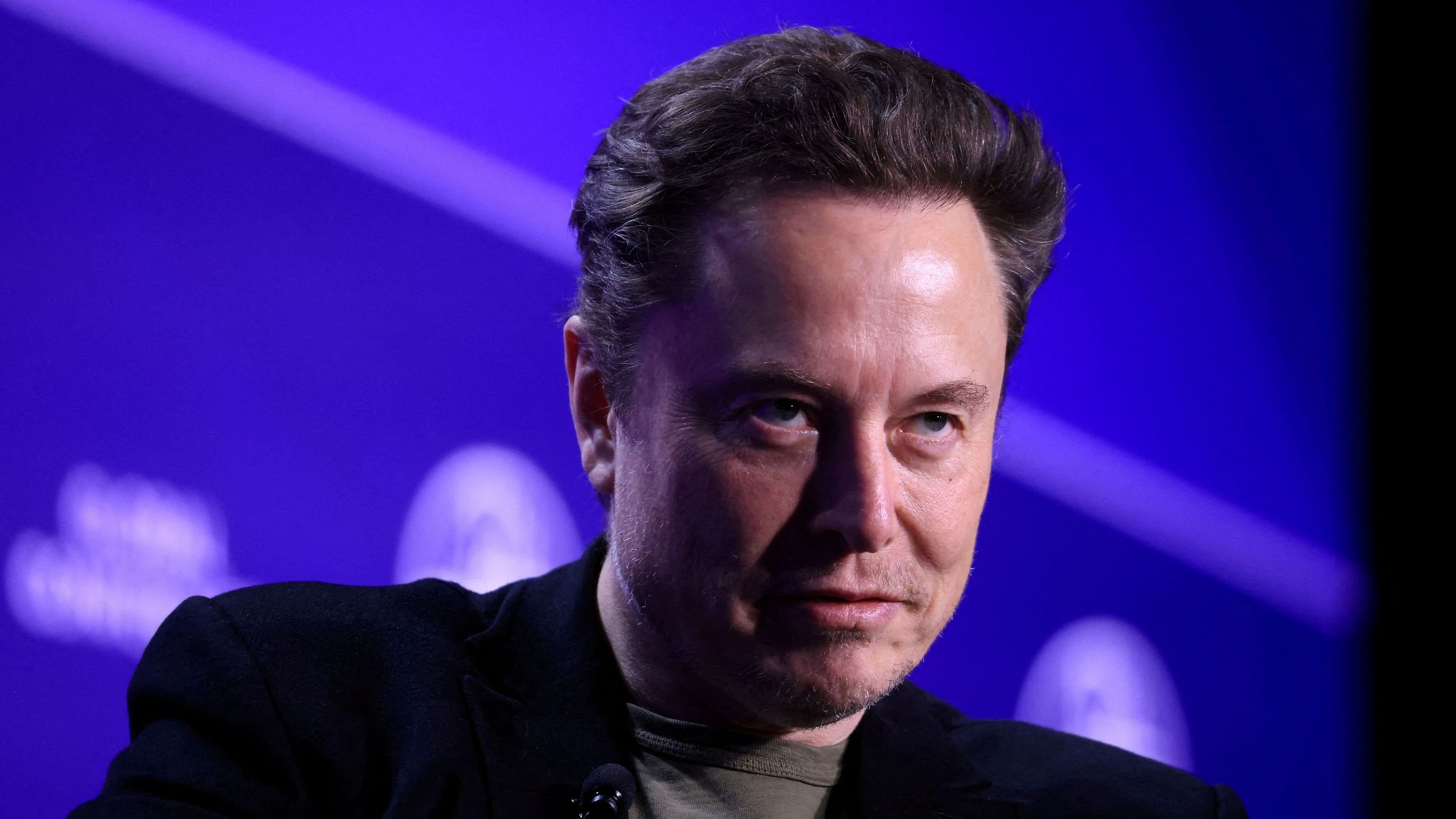
Neuralink ownwer Elon Musk.
Credit: Reuters Photo
By Paul J Davies
Call me Ishmael. The biggest question about an investment banking client like Elon Musk is whether he turns out to be a Moby Dick.
They’re rare beasts, the giant whales of finance. Multi-billionaires with a plethora of entrepreneurial and investment interests that have the potential to be a gushing spout of repeatable fees aren’t easy to find. So when bankers spot one, they obviously keep pursuing it as long as they can — even if they take a few hits along the way.
And there have been some very painful hits, indeed, in Musk’s $44 billion buyout of Twitter — the social network now named X. But that doesn’t mean banks will just let go and look for an alternative catch. The man behind Tesla Inc., SpaceX and a string of other companies has brought in big fees before and very likely will do again — not only for capital markets work, or deal advice, but also for private banking and wealth management.
Big banks study the full package of what their whales are worth over years. Since the financial crisis of 2008, the strategy across Wall Street has been to focus on ever-smaller groups of the very biggest clients, and get from them the greatest share of revenue for everything they might do in the corporate and personal worlds. Musk epitomizes this model.
The Twitter takeover was a monster of a deal with an intimidatingly large financing package attached. It has now turned out to be possibly the worst buyout deal for lenders of all time, according to the Wall Street Journal, because of its size and how long banks have been forced to keep it on their books.
Morgan Stanley Inc., Bank of America Corp., Barclays Plc and Mitsubishi UFJ Financial Group Inc. underwrote 90% of the $13 billion debt package between them in 2022 when the deal closed. It came at the tail end of a boom in investment banking when interest rates were already starting to rise and leveraged-loan prices were taking a nosedive.
Normally, banks would sell this kind of debt quickly, but from the second quarter of 2022 onward, leveraged-finance markets were struggling. Nine of the biggest US and European players in the sector reported more than $1.8 billion of mark-to-market writedowns on their unsellable loans in that quarter alone.
Musk’s radical overhaul of Twitter made potential investors doubly wary of the debt attached. By the end of 2022, banks had explored offloading the debt, but the offers they got were just 60 cents in the dollar. They also asked Musk to refinance some of it with personal loans secured against his shares in Tesla, but with no luck.
Morgan Stanley, the biggest lender with a $3.5 billion exposure, never disclosed what writedowns it took on Twitter loans, but for all of 2022, the bank disclosed $876 million of market value losses across corporate loans meant to be sold and another $577 million for 2023. If it had sold the Twitter loans for 60 cents in the dollar, the losses would have been almost that much from this single exposure.
Of course, this is painful for the banks (and the bonuses of those involved), but it’s not disastrous. Those with the most unsellable hung loans were more restricted from underwriting new business, but the leveraged-finance market was in a deep freeze for much of 2023 anyway. Banks stuck with Twitter debt didn’t do much worse in volume terms than those that had steered clear of the deal such as JPMorgan Chase & Co. and Goldman Sachs Group Inc. In fact, compared with totals in the boom year of 2021, Morgan Stanley’s US leveraged-finance volumes have dipped less than both JPMorgan and Goldman Sachs in each year since.
The Twitter debt is still stuck with those underwriters and undoubtedly remains deeply underwater in terms of market value. The company has been making interest payments of more than $1.2 billion per year, and there would have been advisory and underwriting fees, too. Still, it wouldn’t be a surprise if the debt package wasn’t lossmaking overall at this point for the lenders. Things could always get worse: Advertisers aren’t coming back to X — even under the threat of lawsuits — and users appear to be leaving in fits and starts. My colleague Dave Lee has called it a failing social network.
For the banks, the real question is: Have they made money from their relationship with Musk over the longer term? Even the bankers with the longest and broadest history with him might not be able to answer with a resounding “yes” right now, but they would definitely say he remains a highly valued client. That’s a nod to the future as much as anything else.
Whatever you think of Musk’s politics, his management skill, his tweets or his Cybertruck, he still has billions of dollars in personal wealth to farm and an almost unbridled influence over the strategies and spending of several major companies. SpaceX in particular is seen by bankers as a huge payday if it eventually comes to the stock market. No one is going to let that go easily.
Banks can hold on too long when big clients with rich potential start to turn into bad financial prospects, but they cut them lose eventually. Musk could some day end up looking more like Herman Melville’s great white whale than most, but the Twitter deal alone isn’t the end of the story.